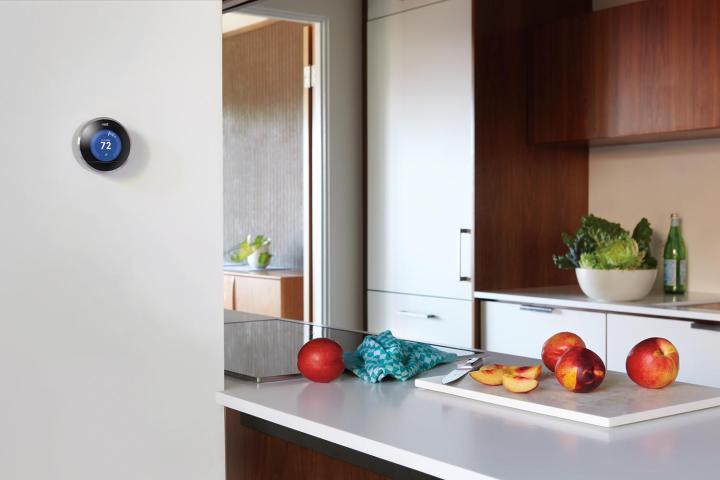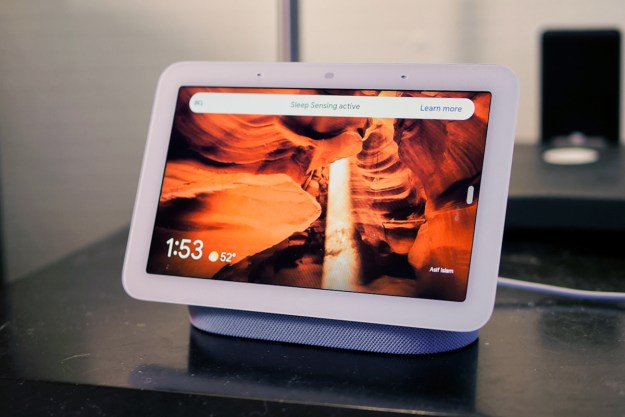
Just one day after Quirky announced its plans for controlling the smart home, Google-owned Nest Labs released a new smart home API for developers. Developers can now make just about anything — from mobile devices and fitness trackers to cars and appliances — compatible with Nest. The company’s plan is nearly identical to what quirky proposed yesterday, but Nest has a large user base already and the power of Google behind it.
Mercedes-Benz, Jawbone, Whirlpool, LIFX, IFTTT, and Logitech followed Google’s lead and have already released new Nest-compatible features for several devices and products. Now, if you’re driving home in your Mercedes, your car can tell Nest to turn on the AC or the heat, so your humble abode is the perfect temperature upon your arrival.
In addition to these more frivolous matters, Nest’s connections can also save your life.
Say you’re like most people and you don’t have a Mercedes, though. What then? Well, as long as you have a garage door opener from Chamberlain or a few other companies, you’ll soon be able to turn on the AC simply by opening your garage. This method may not give your home that long to perfect the temperature inside, but it will give you a small head start.
Or, if you have Google Now installed on your smartphone, you can simply adjust your thermostat using the app. This new functionality will be available in the fall. Nest can also pair up with Jawbone to adjust the temperature as soon as you wake up.
However, Nest’s new connections don’t end there. Logitech’s universal remote now works with Nest, too, and can turn on your TV, start a movie, and dim the lights at your request. Nest can slow down your Whirlpool dryer when you’re away, so your clothes don’t wrinkle.
In addition to these more frivolous matters, Nest’s connections can also save your life. Nest can alert your neighbors via text message if a fire breaks out and Nest senses smoke, using its connection to IFTTT. LIFX light bulbs will also be able to detect smoke or carbon monoxide and flash on and off or turn red in the event of an emergency.
Now that Nest has released the API, any device partnership is possible– all the developers have to do is join in on the “Works with Nest” initiative. The API is open to iOS and Android developers. Google will reveal more details about the API at I/O during the “Nest for Developers” session on Thursday, June 26, at 2:00 PM PT.
Editors' Recommendations
- Get $50 off Google’s Nest Learning Thermostat for a limited time
- Blink Mini 2 vs. Nest Cam (Indoor): Which is the better affordable security camera?
- Google Nest sale: Get up to 22% off cameras and doorbells
- How to reset a Google Nest Mini smart speaker
- How to use the Google Home app on a computer


